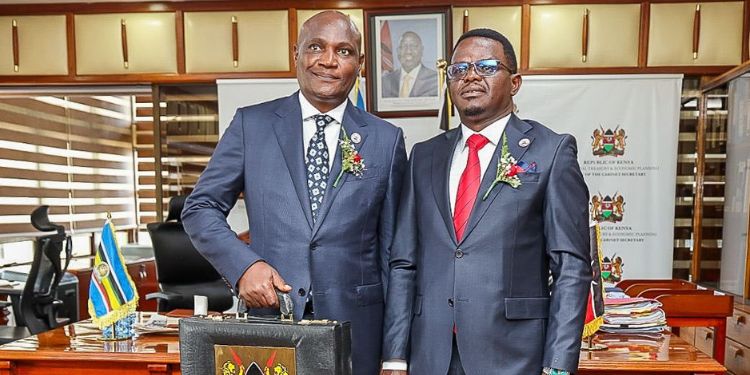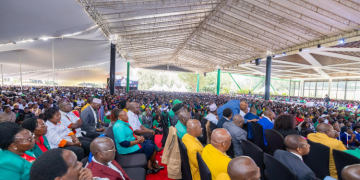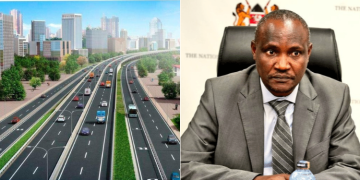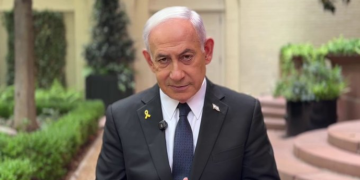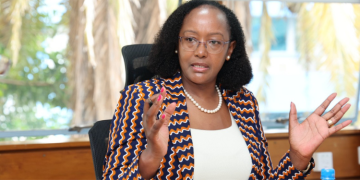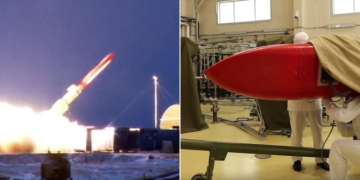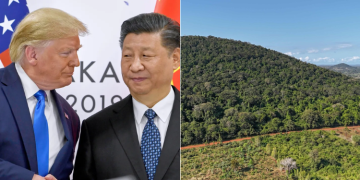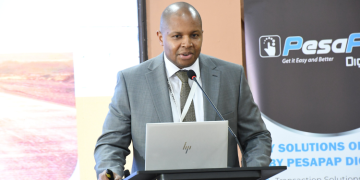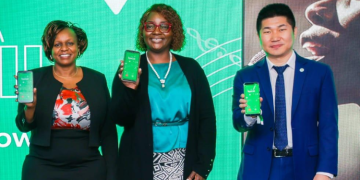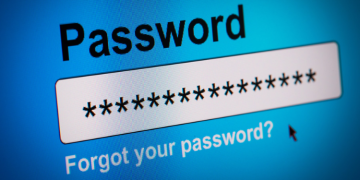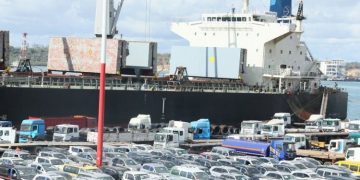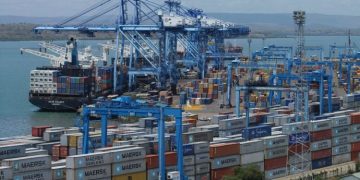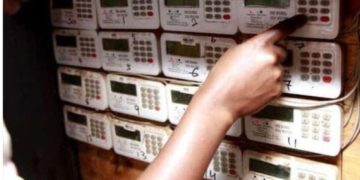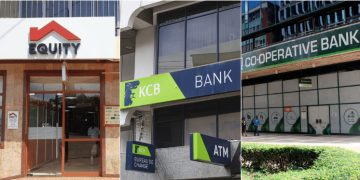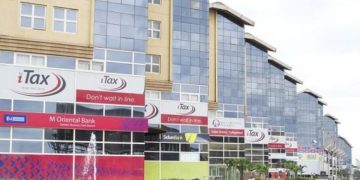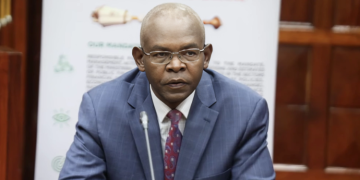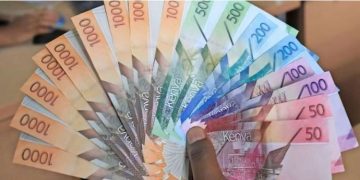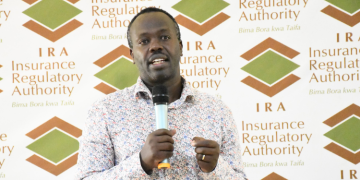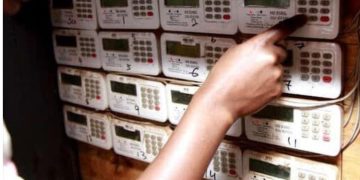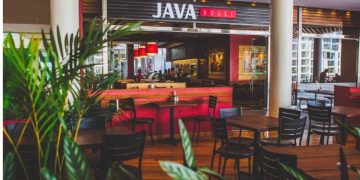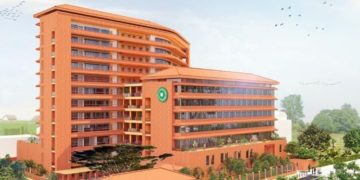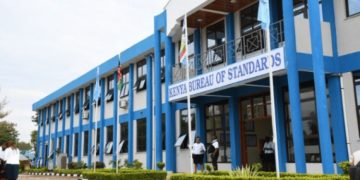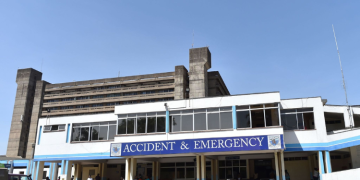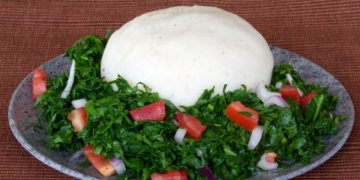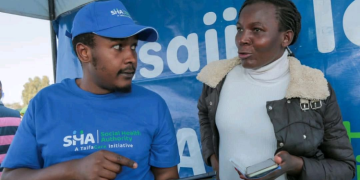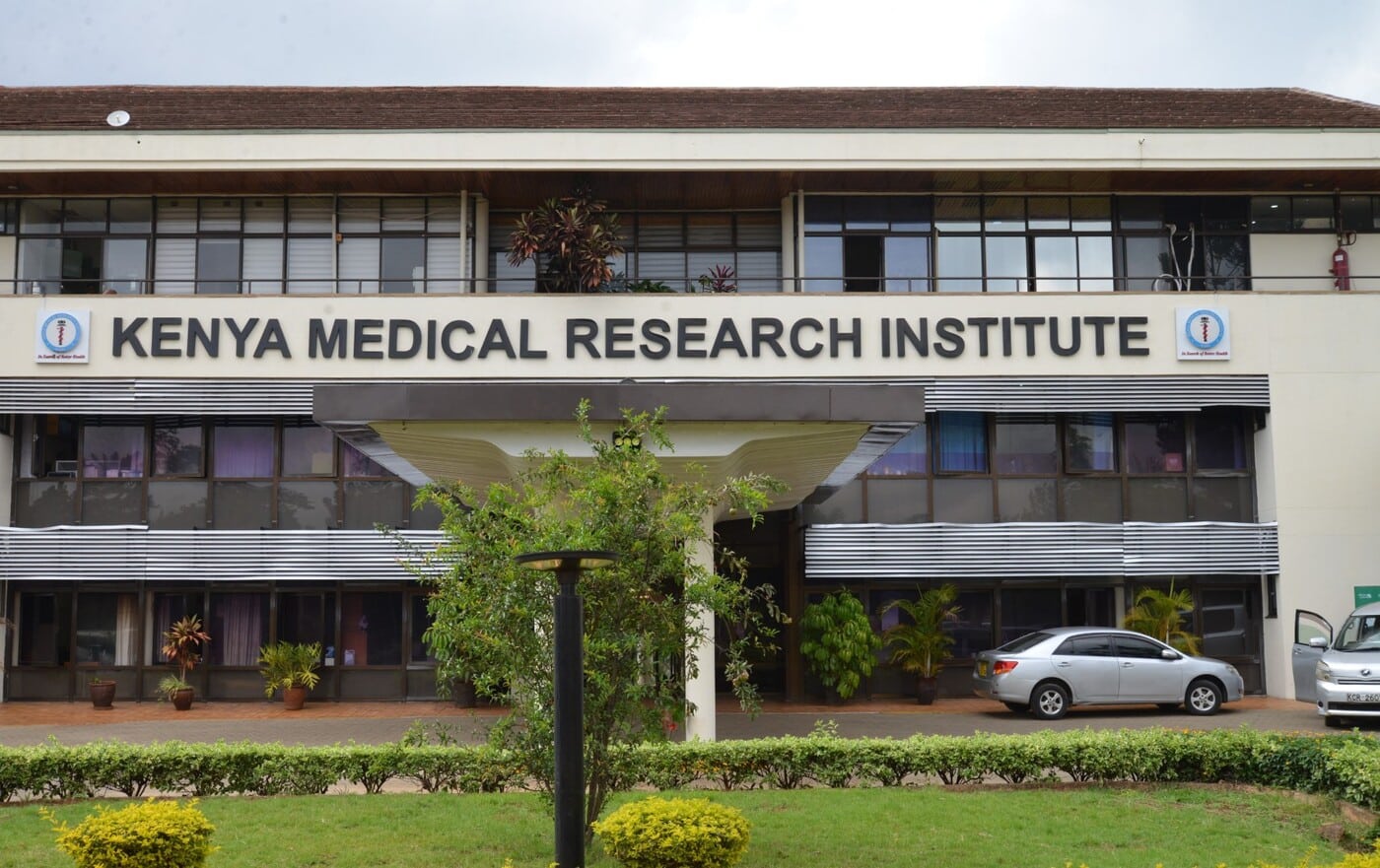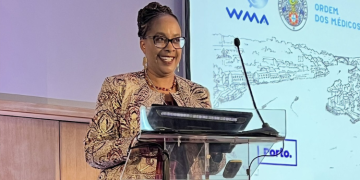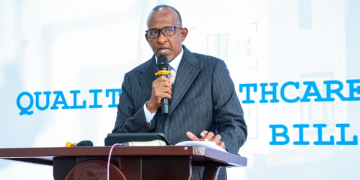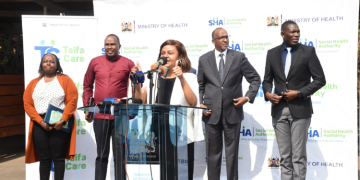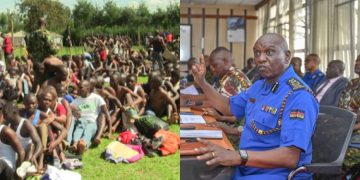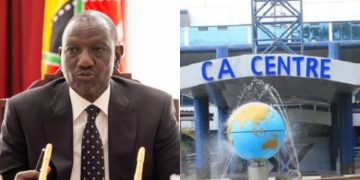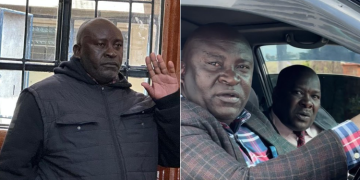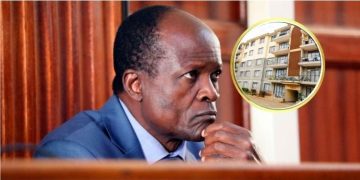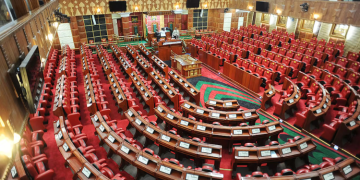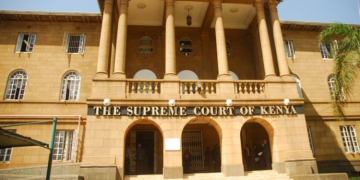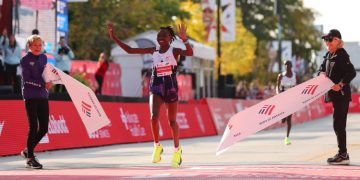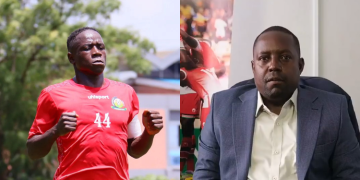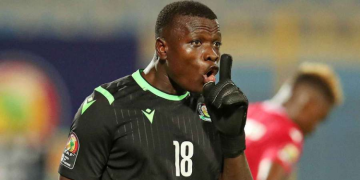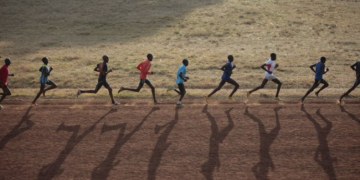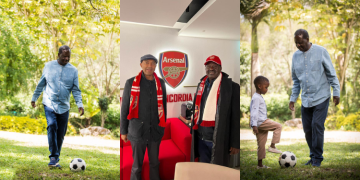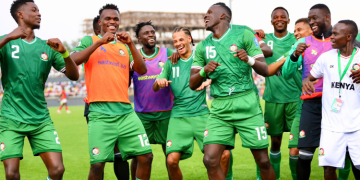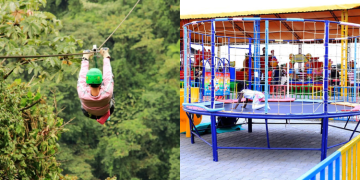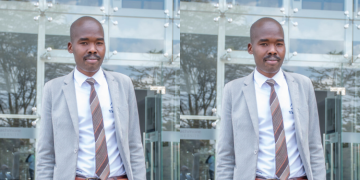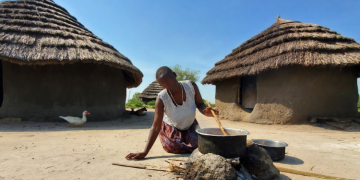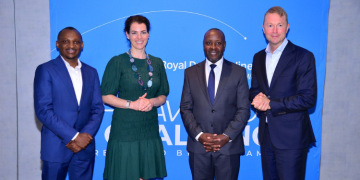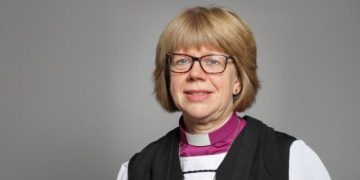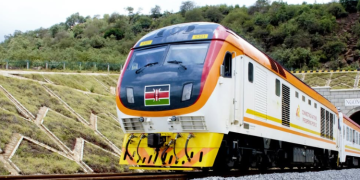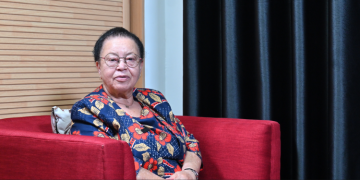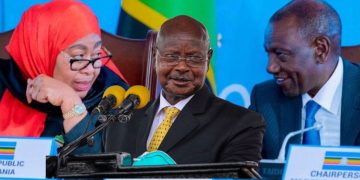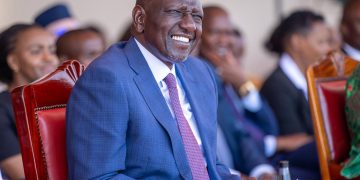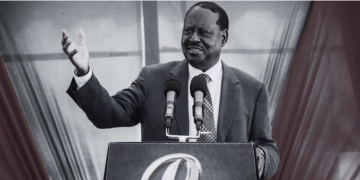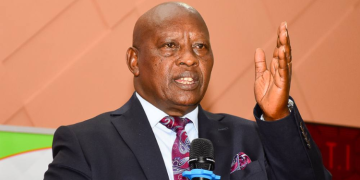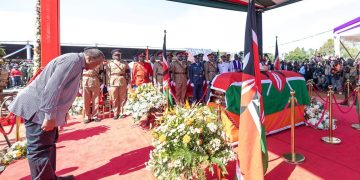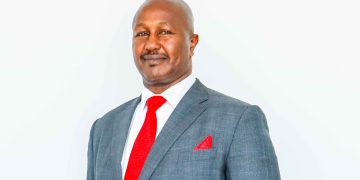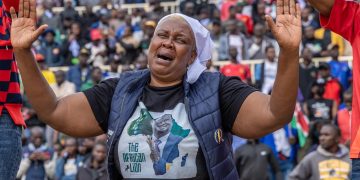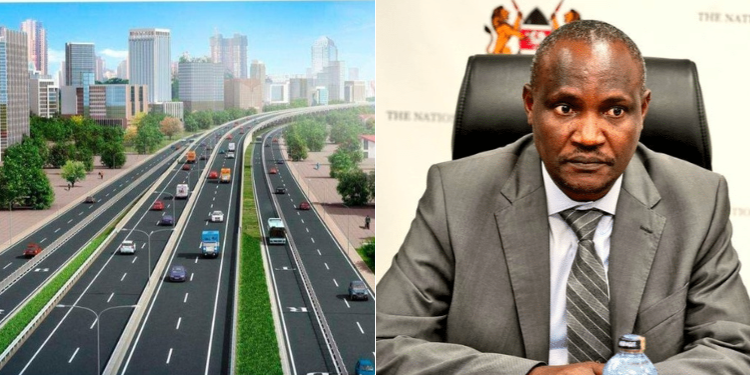The National Treasury, through the Public-Private Partnerships (PPP) Directorate, has responded to public concerns regarding the tolling and ownership of the Rironi–Nakuru–Mau Summit Highway Project.
In a statement on Sunday, October 26, the Director-General of the PPP Directorate, Eng. Kefa Seda assured Kenyans that the Rironi–Nakuru–Mau Summit Highway remains a public asset wholly owned by the Government of Kenya.
PPP Directorate Defends Rironi–Nakuru–Mau Summit Deal
He emphasized that the Rironi–Nakuru–Mau Summit highway is being developed through a Public-Private Partnership framework, anchored in the PPP Act, 2021, which enables the State to mobilize private investment and expertise for large-scale infrastructure while retaining full ownership, regulatory control, and policy authority.
“Under the PPP Act, 2021, the Government retains full regulatory control and step-in rights in the event of non-performance, ensuring uninterrupted service and protection of the public interest,” read the statement in part.
According to the Directorate, under this arrangement, the private partner will design, finance, construct, operate, and maintain the Rironi–Nakuru–Mau Summit road for an agreed concession period of thirty years, after which the private operator’s contractual mandate will cease.
All operational and maintenance responsibilities will thereafter be carried out directly by the Government through its designated agencies, in continuation of its permanent ownership of the highway.
The statement further noted that the land, infrastructure, and related assets remain vested in the Republic of Kenya throughout the concession.
According to the Road Sector Investment Plan (RSIP III), Kenya requires Ksh 4 trillion over the next decade—Ksh 1 trillion for maintenance and Ksh 3 trillion for new development.
“Funding for capital projects remains limited due to constrained borrowing capacity and annual maintenance needs of approximately Ksh 253 billion, which far exceed the Ksh 100 billion collected through the Road Maintenance Levy Fund (RMLF), established primarily for maintenance of road assets rather than expansion or development,” the statement read further.
The Directorate noted that relying solely on taxes and sovereign borrowing to finance large capital road projects, such as the Northern Corridor, is no longer sustainable.
“The Public Private Partnerships (PPP) model offers a practical alternative that allows Kenya to leverage private capital for infrastructure development through a user-pay model, while preserving fiscal and macroeconomic stability,” it added.
Under this model, the private partner finances, builds, and maintains the road for an agreed period, recouping its investment through tolls.
Also Read: KeNHA Discloses Contractors for the Multi-Billion Nairobi–Nakuru–Mau Summit Highway Project
Why the Highway Will be Tolled
On tolling, the Treasury stated that the draft National Tolling Policy 2025 provides a transparent, equitable framework for financing and maintaining high-capacity highways.
It “aligns user contributions directly with service delivery, guaranteeing that every toll shilling supports road quality, safety, and efficiency.”
Tolling will apply to new or substantially upgraded highways that carry high volumes of passenger and freight traffic, especially corridors vital to trade and connectivity.
Each project follows a structured process: feasibility appraisal, environmental and social assessment, public participation, competitive procurement, and final approval by the PPP Committee.
“Under the framework, toll revenue is ring-fenced for the same corridor. Funds collected finance maintenance, safety patrols, lighting, and emergency response, ensuring the highway remains functional and safe throughout its life,” the statement said.
Also Read: KeNHA Announces 22-Day Closure of Mau Summit Section
The Directorate added that this approach ends the recurring cycle of road deterioration that has repeatedly consumed public funds through rehabilitation works.
The PPP Agreement will include a revenue-sharing mechanism based on a reference traffic benchmark, ensuring that the private partner does not earn excessive returns.
Any revenues above the agreed traffic thresholds will revert to the Government of Kenya for investment in other road infrastructure priorities across the country, maintaining a fair and balanced distribution of risk and reward between the contracting authority and the private party.
According to the Directorate, tolling of Rironi–Nakuru–Mau Summit road will also reduce vehicle operating costs through durable pavements and smoother riding surfaces, and enable shorter, more predictable travel times through controlled access and modern traffic management.
It will further ensure continuous safety through 24-hour patrols, lighting, and rescue or paramedic services funded by tolling.
Follow our WhatsApp Channel and X Account for real-time news updates.
